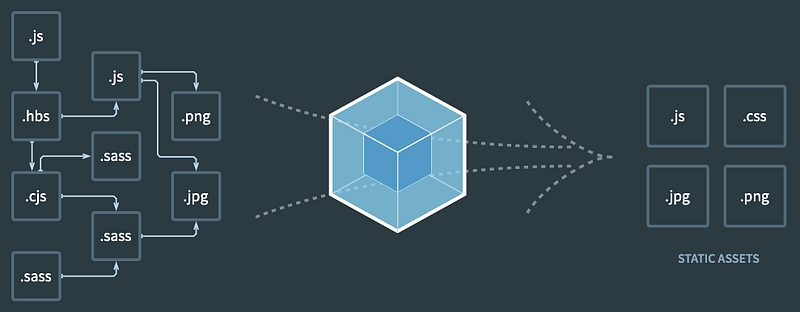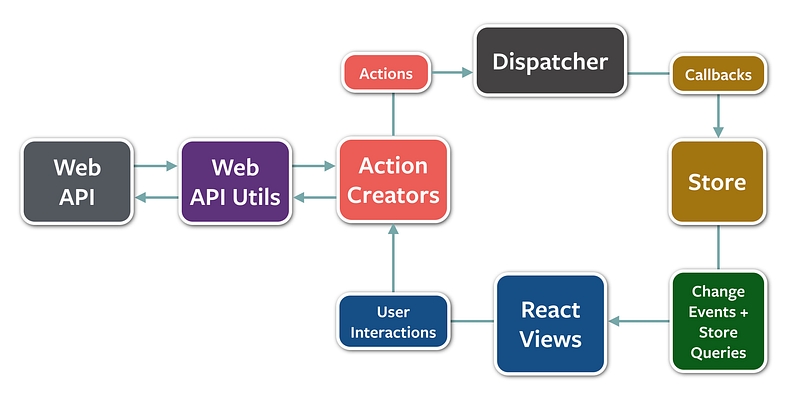Basic React Tutorial
Random Things to Remember
Basic React Tutorial
Random Things to Remember
Using () implicitly returns components.Role of index.js is to render your application.The reference to root comes from a div in the body of your public html file.State of a component is simply a regular JS Object.Class Components require render() method to return JSX.Functional Components directly return JSX.Class is className in React.When parsing for an integer just chain Number.parseInt("123")
() implicitly returns components.Role of index.js is to render your application.The reference to root comes from a div in the body of your public html file.State of a component is simply a regular JS Object.Class Components require render() method to return JSX.Functional Components directly return JSX.Class is className in React.When parsing for an integer just chain Number.parseInt("123") - **Use ternary operator if you want to make a conditional inside a fragment.**
- **Use ternary operator if you want to make a conditional inside a fragment.**
{ x === y ? <div>Naisu</div> : <div>Not Naisu</div>; }
Purpose of React.Fragment is to allow you to create groups of children without adding an extra dom element.React manages the creation and updating of DOM nodes in your Web page.
All it does is dynamically render stuff into your DOM.
What it doesn’t do:
Ajax
Services
Local Storage
Provide a CSS framework
React is unopinionated
Just contains a few rules for developers to follow, and it just works.
JSX : Javascript Extension is a language invented to help write React Applications (looks like a mixture of JS and HTML)
Here is an overview of the difference between rendering out vanilla JS to create elements, and JSX:
This may seem like a lot of code but when you end up building many components, it becomes nice to put each of those functions/classes into their own files to organize your code. Using tools with React
React DevTools: New tool in your browser to see ow React is working in the browsercreate-react-app: Extensible command-line tool to help generate standard React applications.Webpack: In between tool for dealing with the extra build step involved.
 - **HMR** : (Hot Module Replacement) When you make changes to your source code the changes are delivered in real-time. - React Developers created something called `Flux Architecture` to moderate how their web page consumes and modifies data received from back-end API's.
- **HMR** : (Hot Module Replacement) When you make changes to your source code the changes are delivered in real-time. - React Developers created something called `Flux Architecture` to moderate how their web page consumes and modifies data received from back-end API's. - **Choosing React** - Basically, React is super important to learn and master.
- **Choosing React** - Basically, React is super important to learn and master.
React Concepts and Features
There are many benefits to using React over just Vanilla JS.
ModularityTo avoid the mess of many event listeners and template strings, React gives you the benefit of a lot of modularity.
Easy to startNo specials tools are needed to use Basic React.
You can start working directly with
createElementmethod in React.Declarative ProgrammingReact is declarative in nature, utilizing either it’s build in createElement method or the higher-level language known as JSX.
ReusabilityCreate elements that can be re-used over and over. One-flow of data
React apps are built as a combination of parent and child components.
Parents can have one or more child components, all children have parents.
Data is never passed from child to the parent.
Virtual DOM: React provides a Virtual DOM that acts as an agent between the real DOM and the developer to help debug, maintain, and provide general use.Due to this usage, React handles web pages much more intelligently; making it one of the speediest Front End Libraries available.
By Bryan Guner on July 1, 2021.
Exported from Medium on August 31, 2021.
Last updated
Was this helpful?